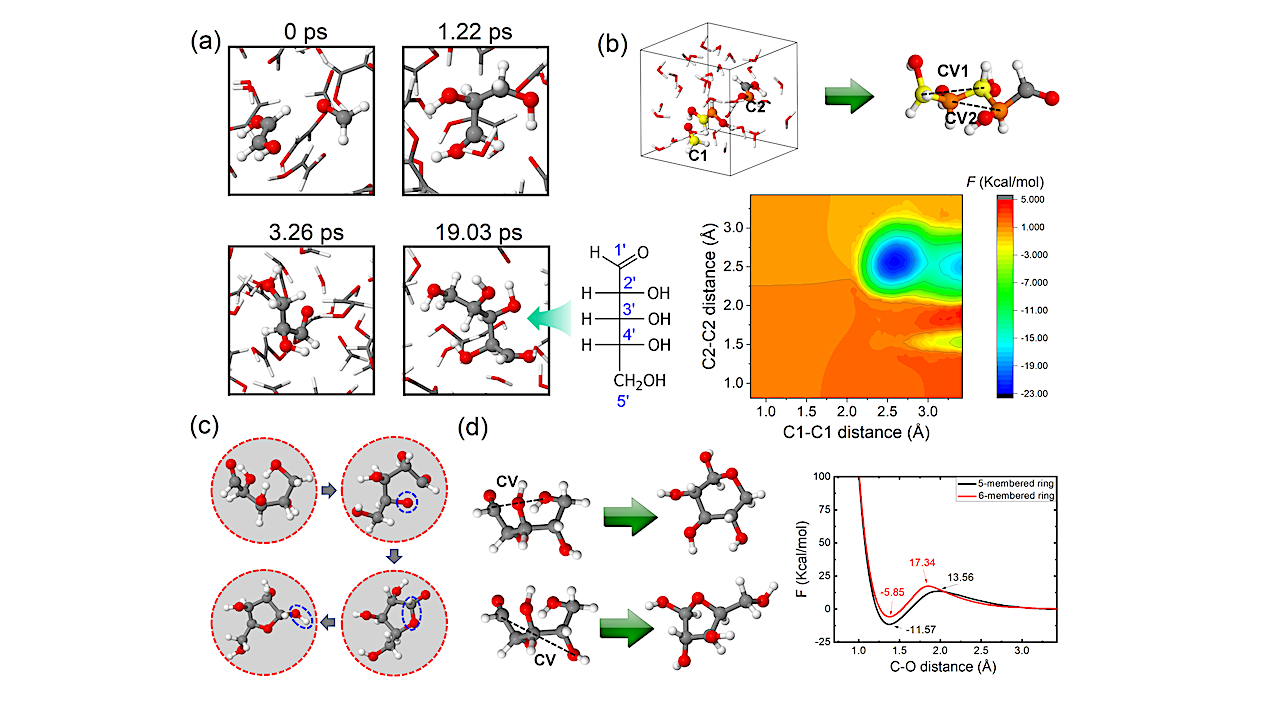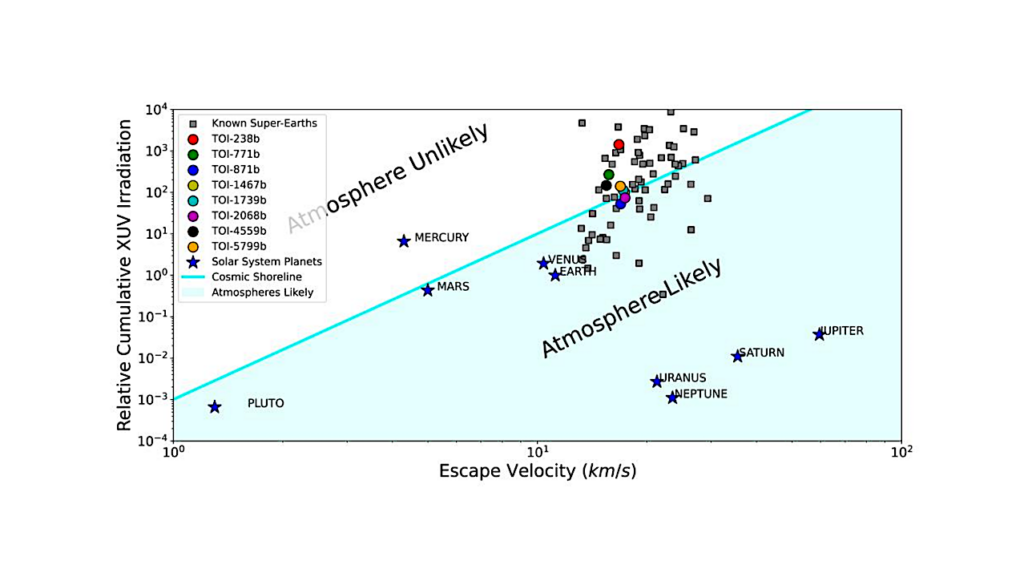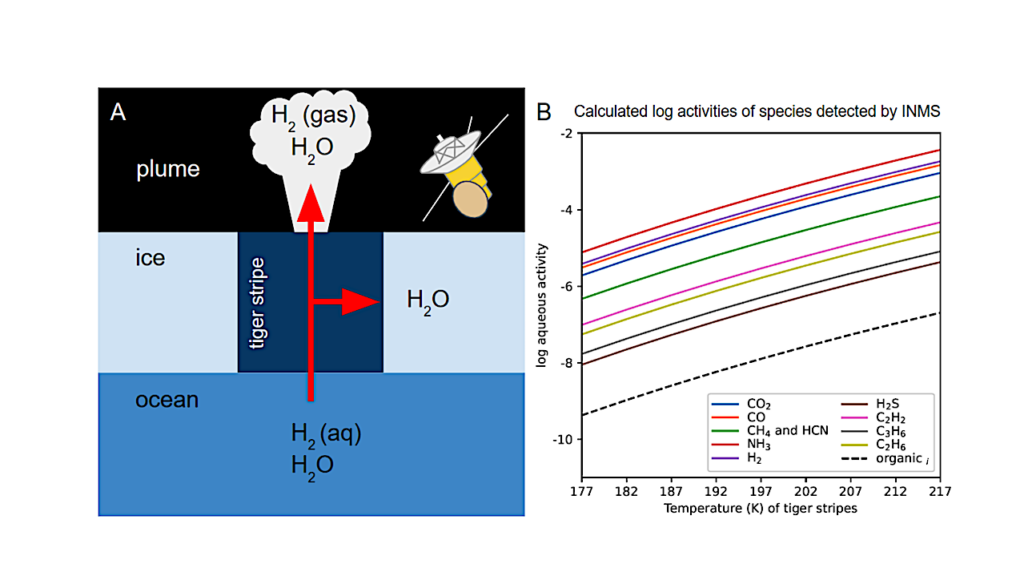Synthesis And Stability Of Biomolecules Under Earth’s Upper Mantle Conditions

How life started on Earth is a long-time unsolved mystery. There are various hypotheses ranging from outer space to seabed.
Here, we applied extensive ab initio molecular dynamics (AIMD) simulations to study chemical reactions of NH3, H2O, H2, and CO at pressures (P) and temperatures (T) approximating the conditions of Earth’s upper mantle (i.e. 10 – 13 GPa, 1000 -1400 K). Contrary to the previous assumption that larger organic molecules might readily dissociate in aqueous solutions at extreme P-T conditions, we found that many organic compounds formed and persisted in C-H-O-N fluids under these extreme conditions, including glycine, ribose, and uracil-like molecules.
Particularly, our free energy calculations showed that the C-N bond is thermodynamically stable at 10 GPa and 1400 K. Moreover, our findings support the “RNA world” hypothesis, as we observed the exclusive formation of the 5-membered-ring form of ribose.
By exploring the depths of Earth’s interior, we have uncovered a previously unexplored pathway through which life may have originated. These findings have contributed to our evolving understanding of the fundamental conditions necessary for life to arise on our planet.
Tao Li, Nore Stolte, Ding Pan
Comments: 18 pages, 6 figures, 1 table
Subjects: Biological Physics (physics.bio-ph); Earth and Planetary Astrophysics (astro-ph.EP); Geophysics (physics.geo-ph); Biomolecules (q-bio.BM)
Cite as: arXiv:2405.04839 [physics.bio-ph] (or arXiv:2405.04839v1 [physics.bio-ph] for this version)
https://doi.org/10.48550/arXiv.2405.04839
Focus to learn more
Submission history
From: Tao Li
[v1] Wed, 8 May 2024 06:25:44 UTC (8,408 KB)
https://arxiv.org/abs/2405.04839
Astrobiology








